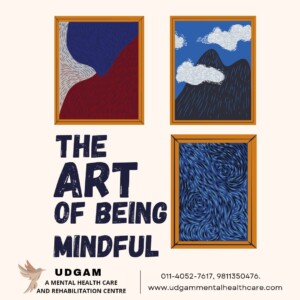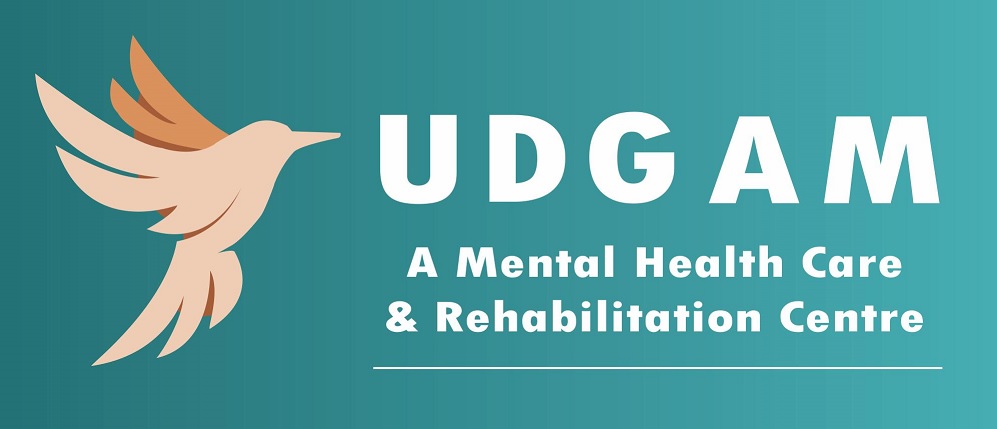The ART of Being Mindful
Mindfulness is no longer an unfamiliar term. Used popularly in literature, the term has gained multiple meanings. But one thing we can be sure of is that being mindful is an ART, with scientific evidence backing it up. We call it art because it means different things, it opens up more possibilities with every use, and it is open to change.
When talking about humans, we tend to focus on the past and live in the future but are unable to create good experiences in the present. Mindfulness is one such step that enables you to live in the present and build strength for the future while healing from the past.
What is Mindfulness?
A popular term, yet not understood easily. Being mindful is being present in the “now”. The term “now” can describe a lot of situations. At work, school, during exercise, or on the way to the movies. Practising mindfulness allows us to stay in touch with our thoughts, feelings and actions in every given situation. For many, this habit sounds easy, and it might be. But practising it daily is a challenge, and for many being aware of their emotions is hard work.
Benefits of Mindfulness
Mindfulness asks you to pay attention, but with purpose, this purpose is to be aware of physical sensation, thought patterns, and emotional disposition of your being, in that particular instance. There are many benefits to the technique, it improves
- Well-being
- Self-control
- Performance
- Emotional stability
- Concentration, focus
- Physical health
- Mental health, etc.
Practising mindfulness is a gift to your future self. The ART of being mindful stands for the benefits of mindfulness, it increases attention, strengthens resolve and reduces tension.
- A- Attention: mindfulness asks you to focus on a task or action or thought at one moment. To be ever present in what you do, to savour experiences.
- R- Resolve: when we can live the moment to its fullest, we can strengthen our resolve, to be able to decide and commit to an idea.
- T - Tension: when we are aware of our thoughts, feelings and emotions, when we can pinpoint why we acted a certain way or think about multiple ways to solve a problem, our tension/stress about an event, task or thought is reduced.
How Does Mindfulness Work?
Mindfulness is not some special technique which requires you to get many objects or require a special room. It is different from meditation in a way that you can be actively working while still being mindful. Mindfulness is not just relaxing, but being aware in a non-judgmental way. To be aware of yourself, your feelings, thoughts and actions.
It works by helping people accept themselves as they are. By accepting painful experiences, and being able to focus on them without avoidance or aversion.
The major goal here is to enable people to view their emotions or actions without judgement or prejudice and to gain a different perspective on thoughts which seem irrational or self-defeating.

Mindfulness Techniques
There are many techniques in mindfulness therapy, some of which are:
- Mindfulness meditation – Sit and focus on your breathing or a “mantra”. Let the thoughts flow without judgement. Here the goal is to bring attention to your body, relax and reduce any panic that you may feel
- Body observation– Detect minute sensations in your body from head to toe like numbness, pain or irritation without critique and let them flow. Here the goal is to bring attention to your body and to learn to judge what your body tells you.
- Sentiment assessment – Let feelings be there with zero prejudice, sense them, absorb them, name them and let them go. Helpful in resolving past tensions, anger or guilt.
- Craving check – focus on how your body feels, when you crave a substance, and convert that feeling, into positive thoughts that this craving will go away. Enhances your ability to deal with a craving, and overcome it without indulging in a substance.
A lot of the techniques are unique to the individual. And are made in such a way that they align with their goals.
At Udgam, we give mindfulness classes, as a part of therapy or individually as well. We have specialists trained in the art of mindfulness-based therapy, who encourage their clients to learn to be mindful of their thoughts, actions or emotions. They talk about the numerous benefits, and changes they saw in their client's ability to manage their problems efficiently. Stay tuned for more information on mindfulness and training sessions at Udgam.
[ratings]
Anuja Sathe
Counselling Psychologist



